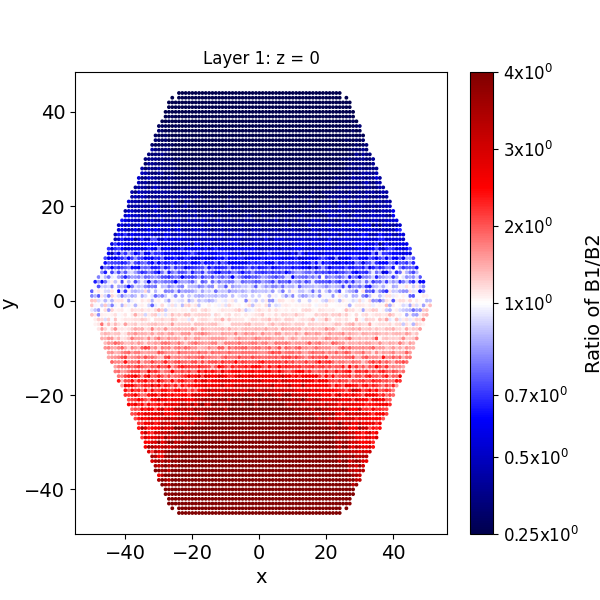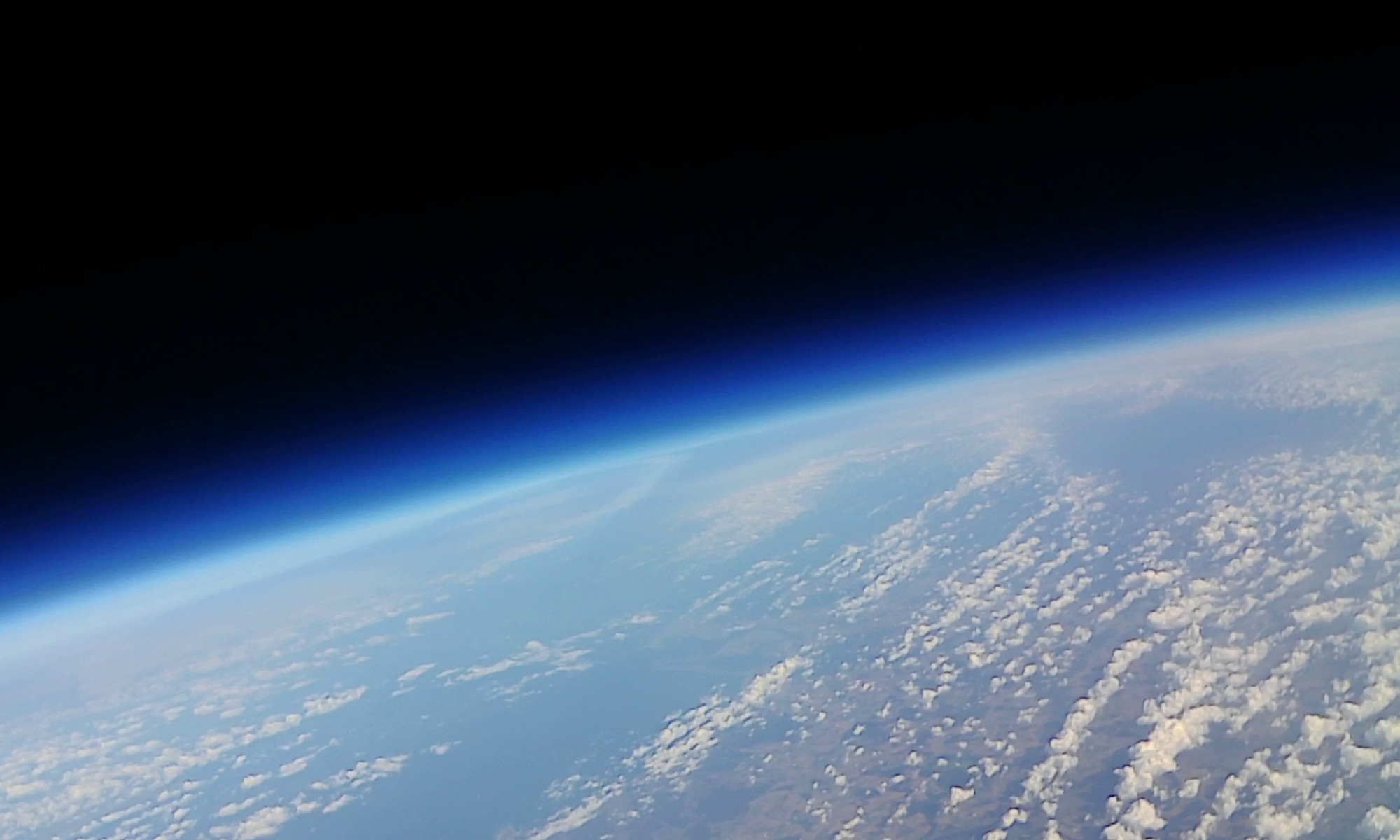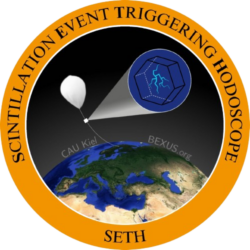The sensor head of our CHAOS experiment contains various different detector types. One of them is the Bismuth-Germanium-Oxide (BGO) scintillator. We want to observe galactic cosmic rays. When the particles travel through the scintillator, photons are created. These mass-less, charge-less and super fast photons are the particle manifestation of light. They propagate through the BGO and are measured at two photodiodes glued to the outside surfaces of the BGO. But how exactly do they propagate through the scintillator? And what factors influence the signal yield at the photodiodes? Investigating this is the subject of my bachelor’s thesis, in which I wrote a Python-based program that simulates the photons’ path through the scintillator. Stay tuned for the results.


